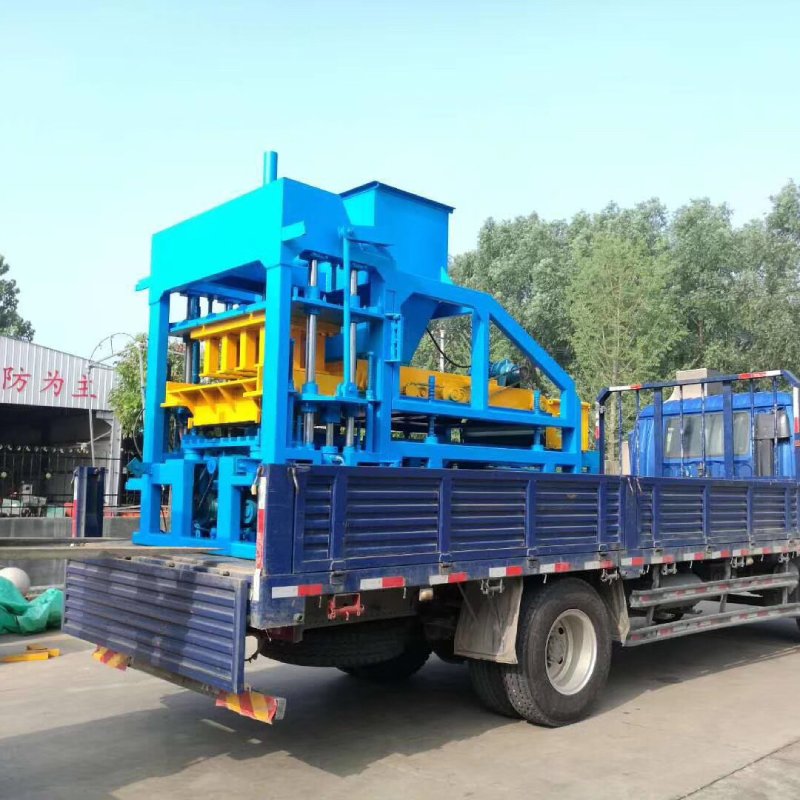
The construction industry plays a crucial role in shaping the modern world, but it also accounts for a significant portion of global resource consumption and environmental impact.
Among the essential building materials, bricks have been a staple for centuries, standing the test of time due to their durability and versatility.
However, the traditional brick-making process has been associated with high energy consumption, extensive use of raw materials, and greenhouse gas emissions.
In response to the growing concerns about sustainability and environmental conservation, the brick-making industry has undergone a remarkable transformation in recent years.
This essay explores how brick making is embracing sustainable solutions, going green, and becoming more eco-friendly.
From innovative materials to energy-efficient practices, these developments are paving the way for a greener and more sustainable construction sector.
The Rise of Green Materials in Brick Making
The traditional method of brick production relies on clay, which is extracted from the earth, leading to deforestation and ecosystem disruption.
However, recent years have witnessed a surge in green materials that are being used to produce eco-friendly bricks.
To reduce the demand for virgin raw materials, brick manufacturers are increasingly incorporating recycled materials into the production process.
Waste materials such as crushed glass, fly ash, slag, and even plastic are being used to create bricks that maintain structural integrity while minimizing environmental impact.
Researchers and innovators are experimenting with biodegradable materials like agricultural waste, rice husks, straw, and even mycelium to produce bricks that naturally decompose over time.
These biodegradable bricks offer a sustainable solution to reducing construction waste and its long-term environmental impact.
Hempcrete, a mixture of hemp and lime, is gaining popularity as a sustainable alternative to traditional bricks.
Hemp is a fast-growing and renewable resource that sequesters carbon dioxide during its growth, making hempcrete bricks carbon-negative and environmentally friendly.
Energy-efficient Brick Production Techniques
The energy-intensive nature of traditional brick kilns has been a major concern for their environmental impact.
However, technological advancements have led to the adoption of energy-efficient brick production techniques.
High-efficiency tunnel kilns are designed to optimize the firing process, reducing energy consumption and greenhouse gas emissions significantly.
These kilns utilize advanced insulation and heating methods, resulting in faster firing times and lower fuel consumption.
Hybrid kilns combine multiple heat sources, such as natural gas and solar power, to reduce the dependency on non-renewable energy sources.
This hybrid approach allows brick manufacturers to balance energy needs and lower their carbon footprint.
Solar-powered kilns utilize photovoltaic panels to convert solar energy into electricity for firing bricks.
By harnessing renewable energy, these kilns minimize their reliance on fossil fuels and contribute to a more sustainable brick-making process.
Water Conservation and Recycling in Brick Making
The brick-making process requires substantial amounts of water, and conventional practices have often resulted in water wastage and pollution.
Sustainable solutions have been implemented to address these challenges.
Some brick manufacturers have adopted closed-loop water systems, which involve recycling and reusing water throughout the production process.
This approach reduces water consumption and minimizes the discharge of pollutants into natural water sources.
Implementing rainwater harvesting systems allows brick manufacturers to collect and store rainwater, which can then be used for various non-potable purposes within the production facility.
By reducing reliance on municipal water sources, rainwater harvesting contributes to water conservation efforts.
Advanced water treatment technologies are being integrated into brick-making facilities to treat wastewater and remove contaminants before discharge.
These treatments help to maintain water quality and protect nearby ecosystems.
Green Certification and Sustainable Practices in Brick Making
With the increasing demand for sustainable construction materials, brick manufacturers are seeking green certifications and adopting sustainable practices.
The Leadership in Energy and Environmental Design (LEED) certification is a globally recognized green building certification program.
Brick manufacturers can attain LEED points by producing bricks with recycled content, energy-efficient production methods, and other sustainable attributes.
Life cycle assessments evaluate the environmental impact of a product throughout its entire lifecycle.
Brick manufacturers are conducting LCAs to identify areas for improvement and to optimize their production processes for reduced environmental impact.
Sustainable brick manufacturers are also mindful of their social responsibility.
They prioritize fair labor practices, invest in employee well-being, and engage with local communities to ensure positive social impacts.
The brick-making industry’s embrace of sustainable solutions and eco-friendly practices marks a significant step towards a greener and more sustainable construction sector.
From utilizing green materials to implementing energy-efficient technologies and adopting water conservation measures, brick manufacturers are leading the way in creating a more environmentally responsible building material.
By focusing on green certifications and sustainable practices, the industry demonstrates its commitment to balancing human progress with environmental preservation.
As these efforts continue, sustainable brick making will play an increasingly critical role in constructing a more sustainable and resilient future for our planet.
